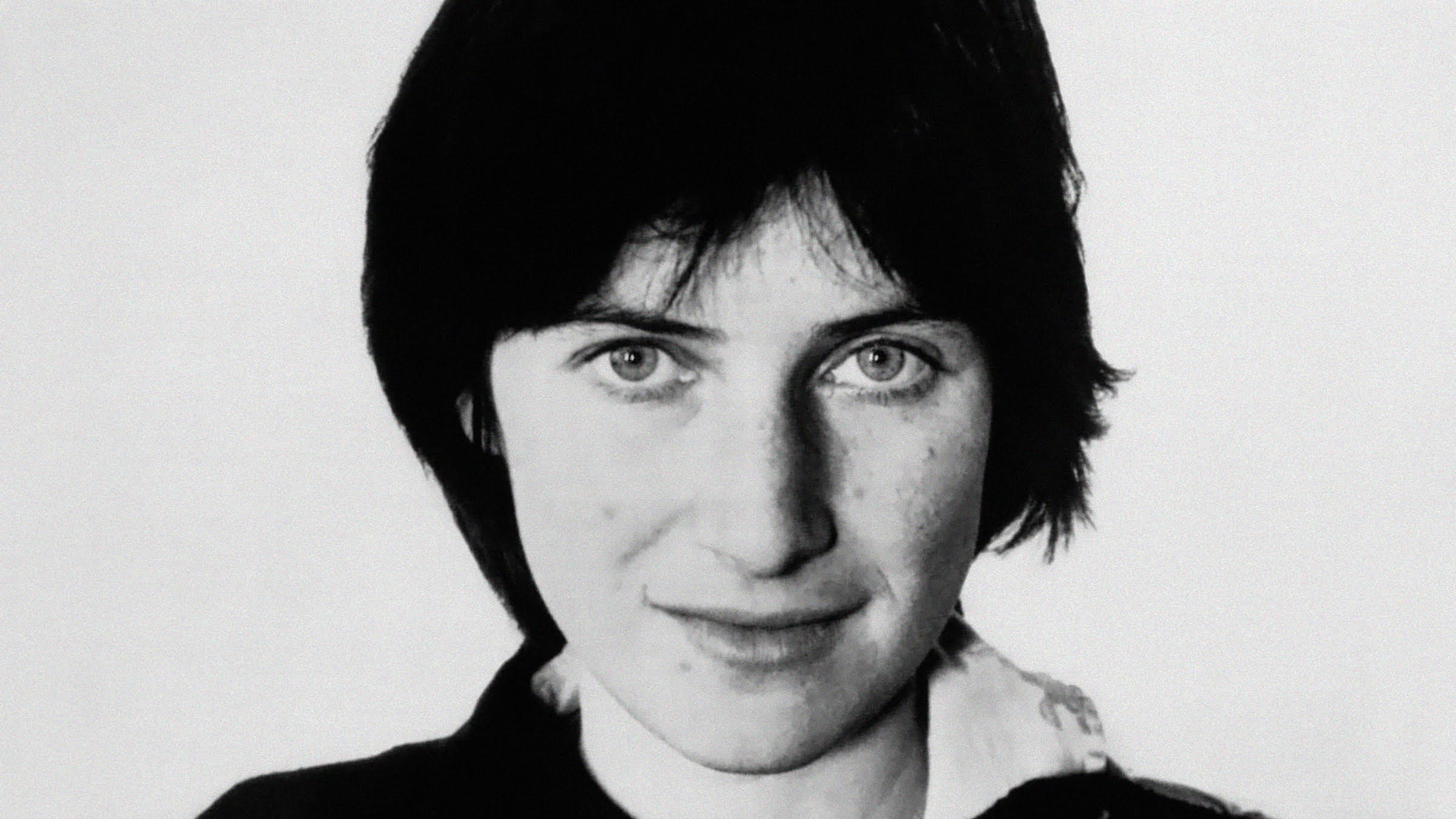RELATED ARTICLE
Remembering Chantal Akerman: A Dry and Moving Intensity
The Criterion Collection

When she was asked to profile a director for the long-running French docuseries Cinéma, de notre temps, Chantal Akerman wondered: what better subject than herself? The producers agreed, and the Belgian-born filmmaker was inspired to edit together from her existing work something new, a self-portrait by way of collage. The producers balked, insisting on something more traditional. Couldn’t she just talk about herself, reframe her work for the viewer? “That’s where the problems began,” Akerman says, in the opening of her 1996 episode, Chantal Akerman by Chantal Akerman.
By way of compromise, Akerman prefaces the episode’s extended, unnarrated montage of clips from her films—including Portrait d’une jeune fille de la fin des années 60 à Bruxelles, Je tu il elle, Saute ma ville, and News from Home—with an extraordinary, fifteen-minute monologue. In a series of long takes, Akerman considers the folly of straight self-portraiture, the problem of monologuing about herself. Can a director speak the truth about her films? Can the artist explain her desire to create? Does her appearance—her body, her face, her silence and smiles—have anything to say about her work? She describes her relationship to identity as a sort of forever war, “an epic battle to break free of the endless repetition” of the same labels: woman, Jew, second-generation Holocaust survivor, feminist, lesbian, Chantal Akerman, celebrated filmmaker. How might she present herself, and her art, without subjecting both to the diminishments and distortions of portraiture?
Akerman muses and deflects, eventually burying herself in an allegory about the struggle of a Jew named Yankel to sell his only cow. Yankel suffers from a lack of marketing prowess. His cow is a cow is a cow—nothing more and maybe a tiny bit less. A better cow salesman shows him how it’s done, extolling the charms of Yankel’s skinny cow, and a buyer soon appears. Similarly disinclined to peddling herself—particularly her biography—Akerman wonders what truth the efforts of those who advocate on her behalf might hold. Connections drawn between her life and her art may be both too simple and valid enough. The digging up of old quotes in the service of this kind of salesmanship bores her, but not because they’re untrue. She mentions one in particular, a thing she once said: “I make movies because writing was too big a risk.”
Akerman reads her Cinéma, de notre temps preface from a script, shuffling pages and setting them down. The voice is searching, elusive, centripetal; a balance of willful enigma and searing direct address. In this the monologue makes plain the risk Akerman associates with writing: not of exposure but of getting in her own way, of failing to be true to the ambiguity that interests her most. In the late 1960s, as she was starting out, the language of cinema was proliferating, begetting hybrid forms. Inspired by the experimental, self-reflexive style of French New Wave auteurs like Jean-Luc Godard, Akerman found in those blended, outsider forms an apt vehicle not just for the stories she wished to tell but the ambiguous, refracted way she wanted to tell them. Akerman’s appearance in several of her early films highlights her interest in the tension between exposure and disguise, the author as performer. Her most personal work especially emphasizes the unique opportunity moviemaking affords an artist to hide in plain sight.
Much of that work involves the widening of Akerman’s lens to encompass both herself and her mother, Nelly. “I simply told a story that interested me,” Akerman said in 1975 of Jeanne Dielman, the breakout portrait of domestic, maternal annihilation she completed at age twenty-five. Her mother was first among the women whose rituals, confinement, and silence had fascinated and bedeviled the director growing up. “If they sought to forget a past about which they had nothing to say,” Akerman said in 1996, “[I] shot films about that ‘nothing.’”
